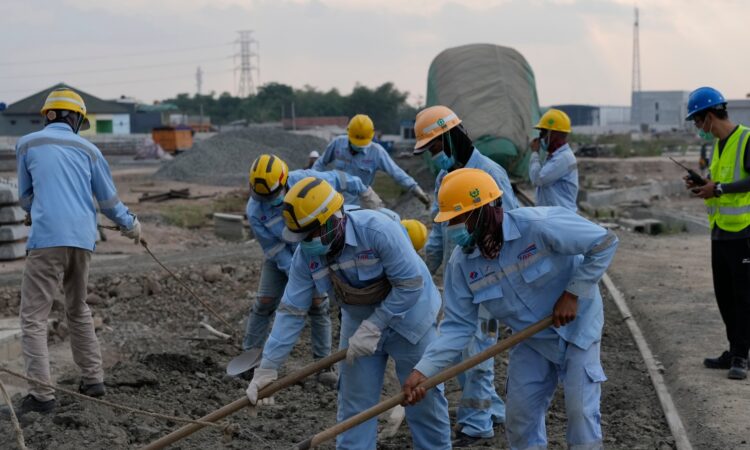
Asian Development Bank and World Bank have overtaken China as top source of development funding, think tank says.
China has cut development assistance to Southeast Asia as Beijing directs money elsewhere, giving up its position as the region’s single largest source of funding, according to a report by an Australian think tank.
China was Southeast Asia’s biggest single source of development assistance between 2015 and 2019, but was overtaken by the Asian Development Bank and the World Bank during the COVID-19 pandemic, the Lowy Institute said in the report released on Sunday.
China’s contribution to the region fell from $7.6bn in 2015 to $3.9bn in 2021, according to the Sydney-based Lowy Institute.
In total, China disbursed $37.9bn – nearly 20 percent of the region’s total financing – between 2015 and 2021, equal to $5.53bn on average annually.
Southeast Asia received about $200bn in total from partners overall during the period.
China’s funding, mostly consisting of loans, has been used to back major infrastructure projects across the region, including high-speed rail projects in Malaysia, Indonesia and Thailand.
“The most striking trend in China’s [official development finance, ODF] in Southeast Asia between 2015 and 2021 is the decline in China’s relative importance as a partner,” the Lowy Institute said in the report, predicting that the “lingering effects of the pandemic” would continue to disrupt Beijing’s development financing.
“In 2015, China provided some 24 percent of the region’s ODF. By 2021, this had fallen to 14 percent.”
In China’s place, other countries and partners, including the United States, Australia and Japan, are ramping up assistance as they compete for influence with Beijing, said Lowy Institute’s lead economist Roland Rajah.
“Intensifying geostrategic tensions between China and Western governments have also seen a growing focus on using development finance, particularly in infrastructure, as a means of competing for influence,” Rajah said.
“This makes an understanding of the scale and contours of [ODF] in Southeast Asia of critical interest to governments in the region and their development partners.”
New partners have also stepped up in the region, including the Saudi Arabia-based Islamic Development Bank – which provided about $225m a year in non-concessional loans, primarily to Indonesia – and India, which has focused about $70m a year in grants on neighbouring Myanmar.
Most of the region’s development funding – 80 percent – however, continues to come from traditional partners like development banks, Japan, South Korea, the European Union, the US and Australia, according to the report.
After China, Japan was the single largest non-institutional provider of development funds, spending $28.2bn.
South Korea contributed $20.4bn, followed by Germany, the United States, Australia and France with funding of between $5.34bn and $8.5bn.
There was a significant gap between pledged spending by partners and the amount of funding that was delivered.
Compared to the $298bn committed to the region for more than 100,00 projects between 2015 and 2021, only about $200bn was spent during the period.






